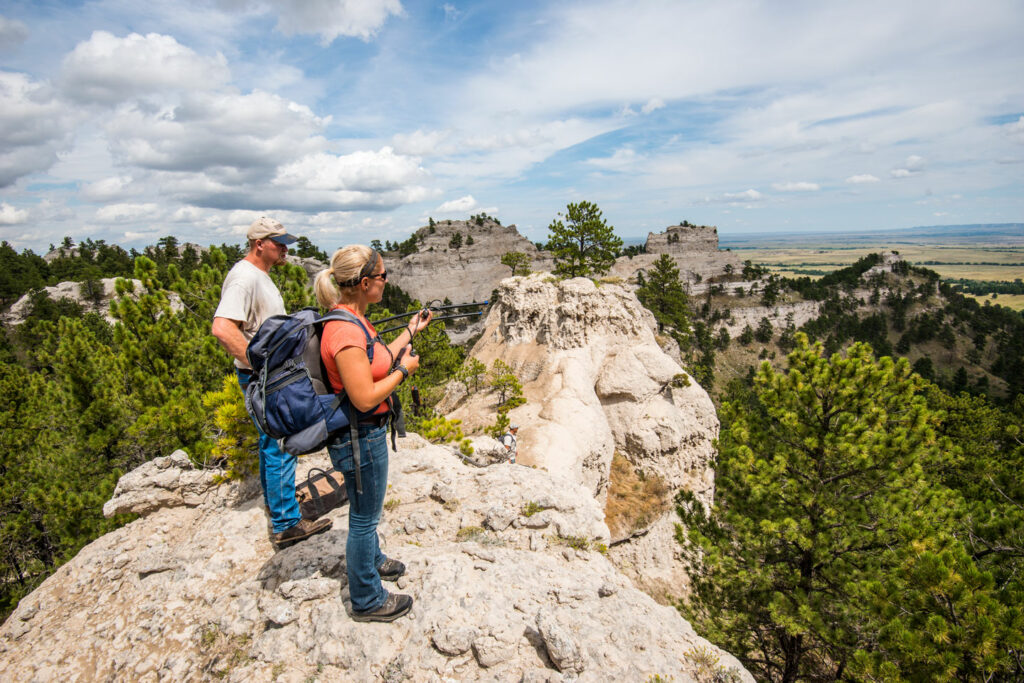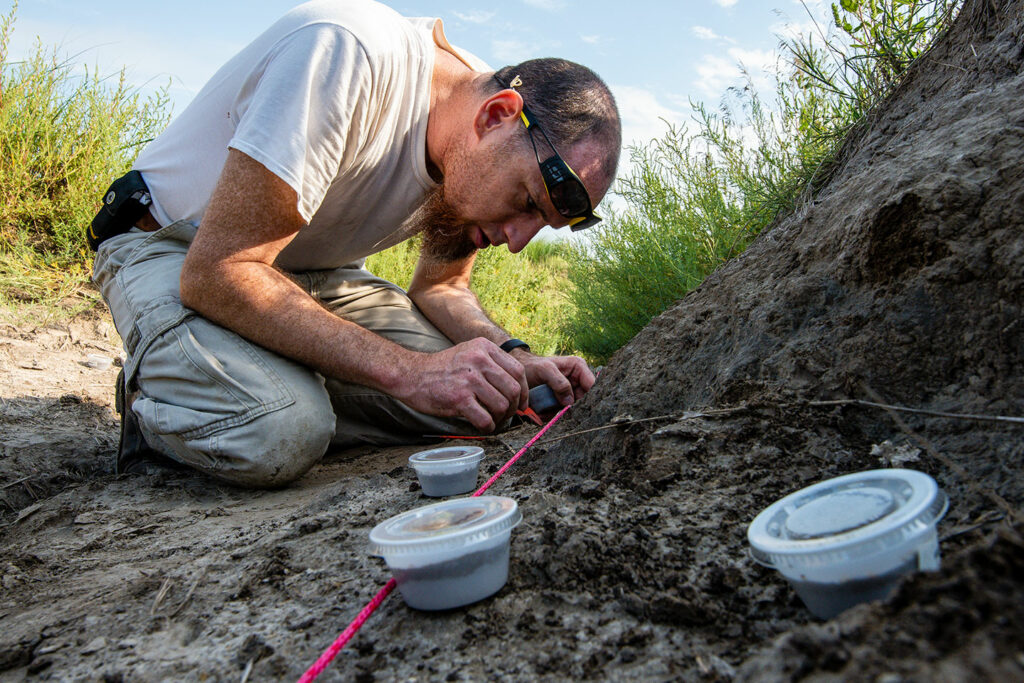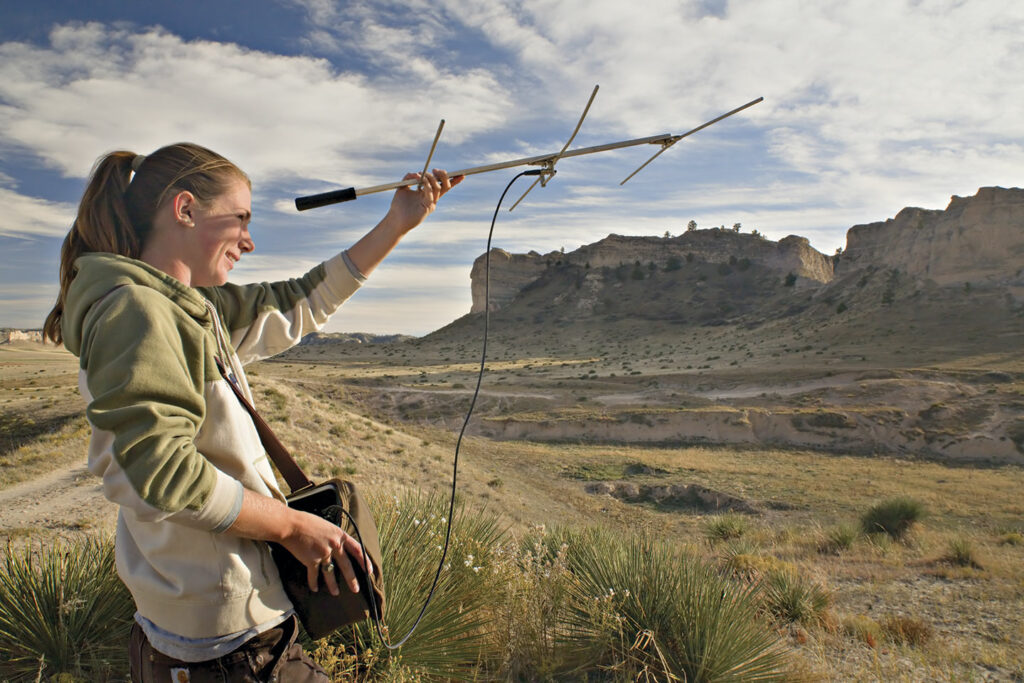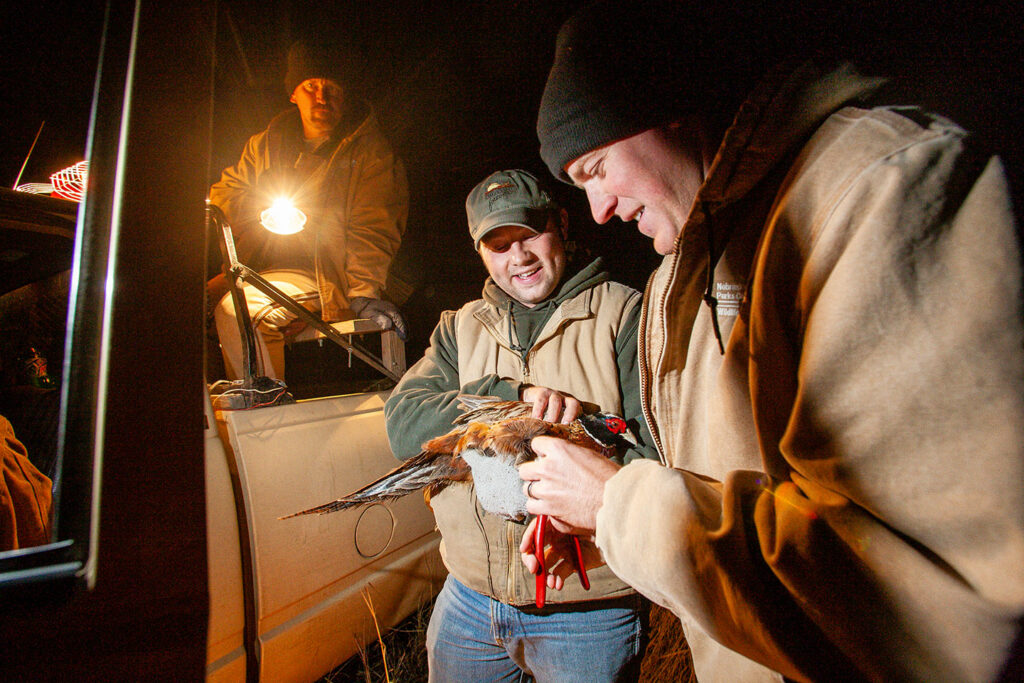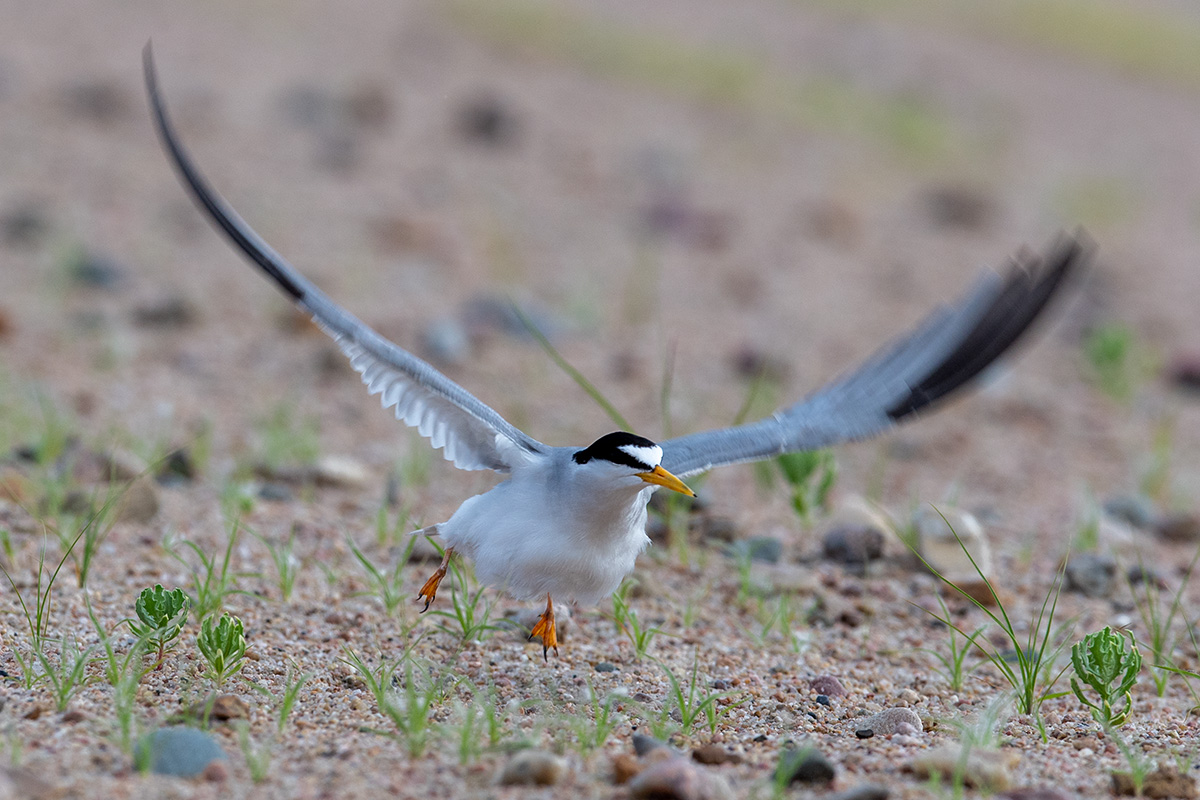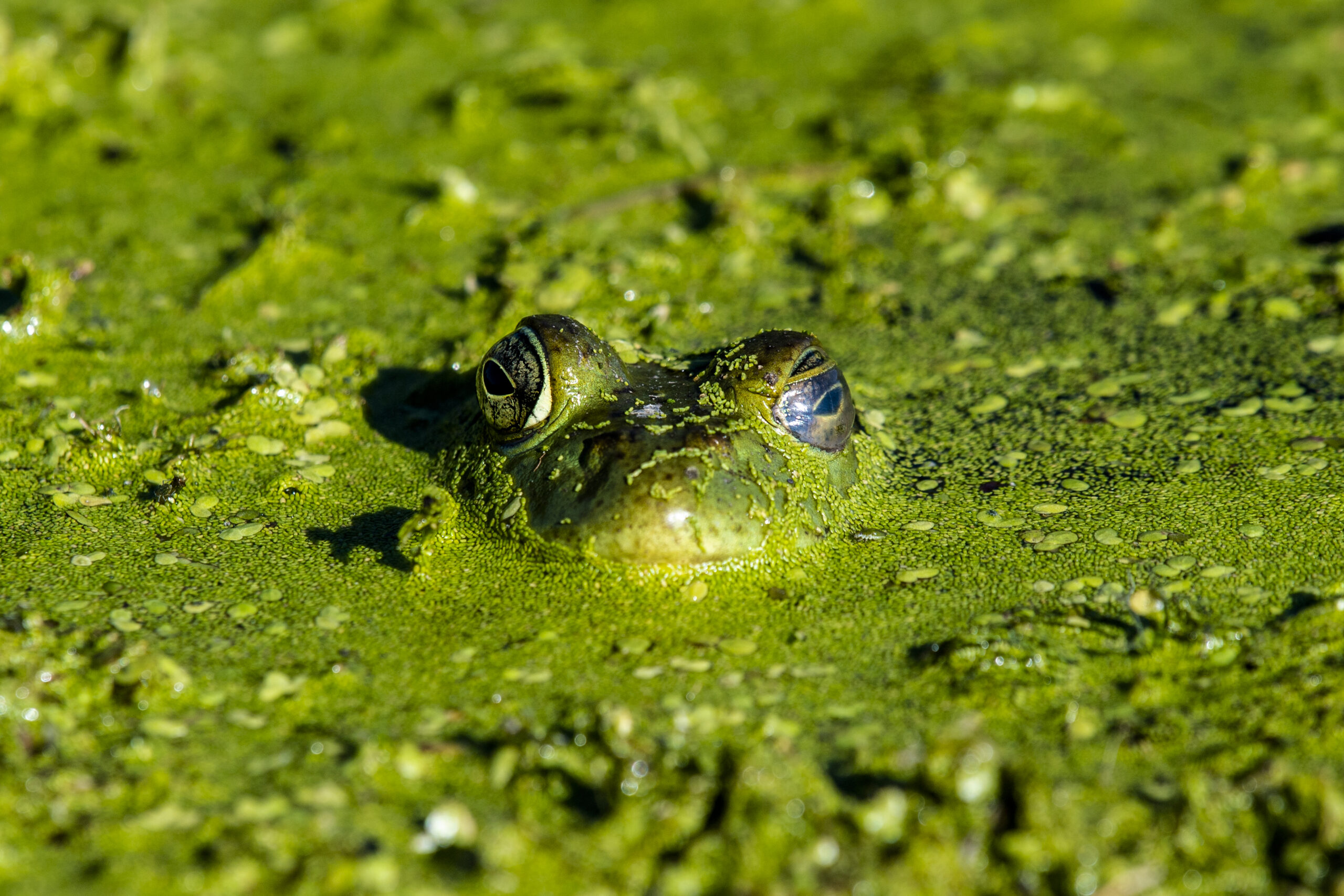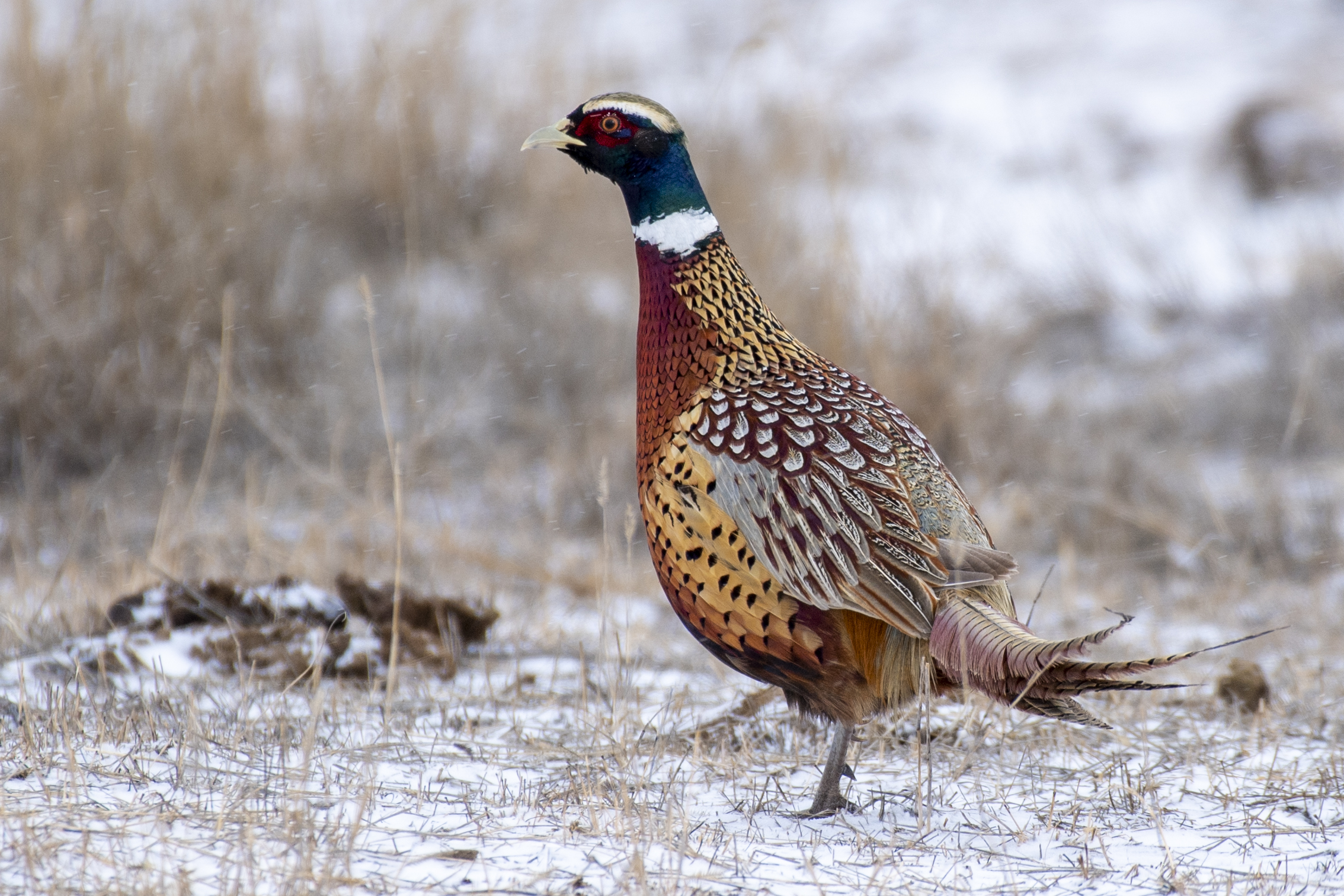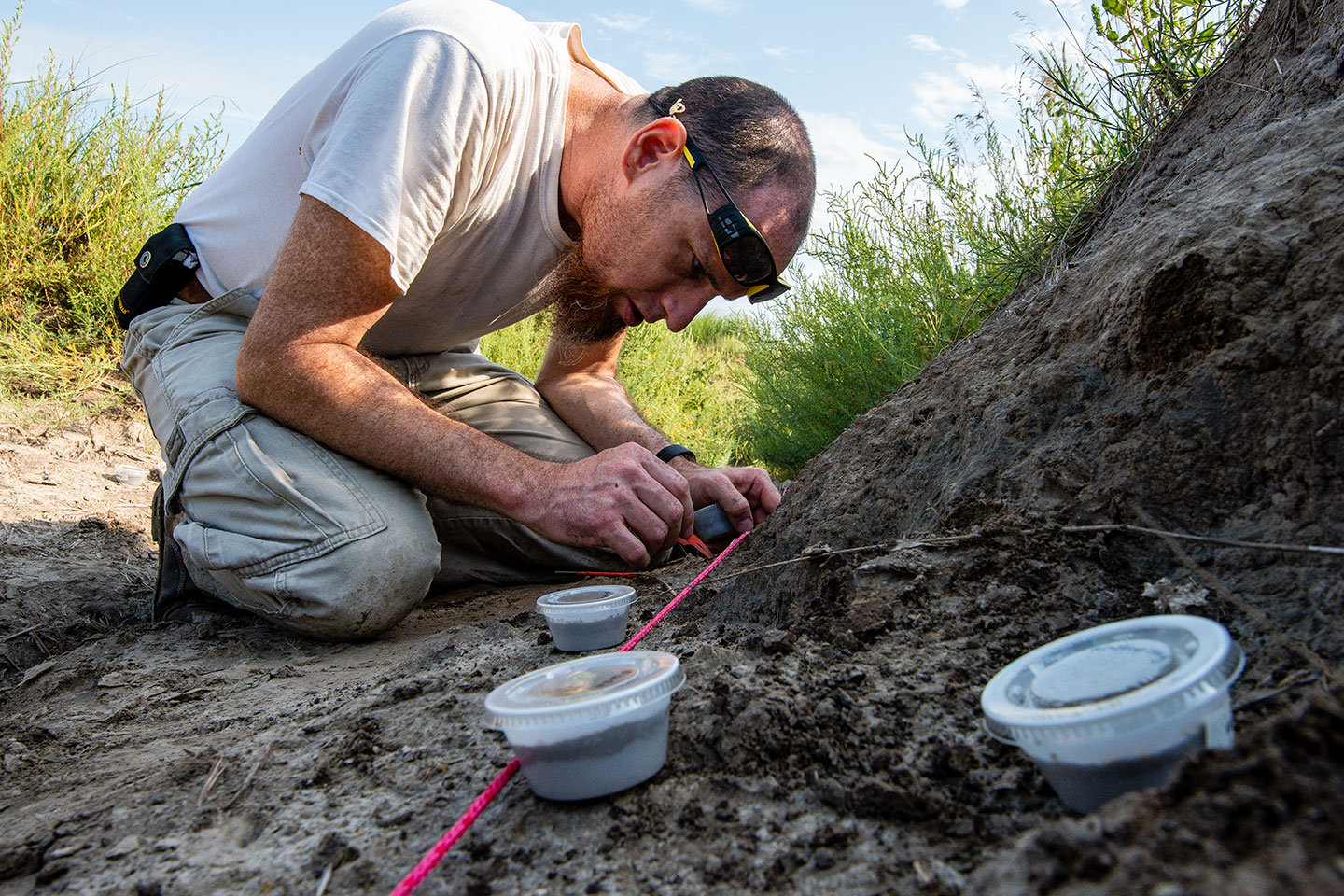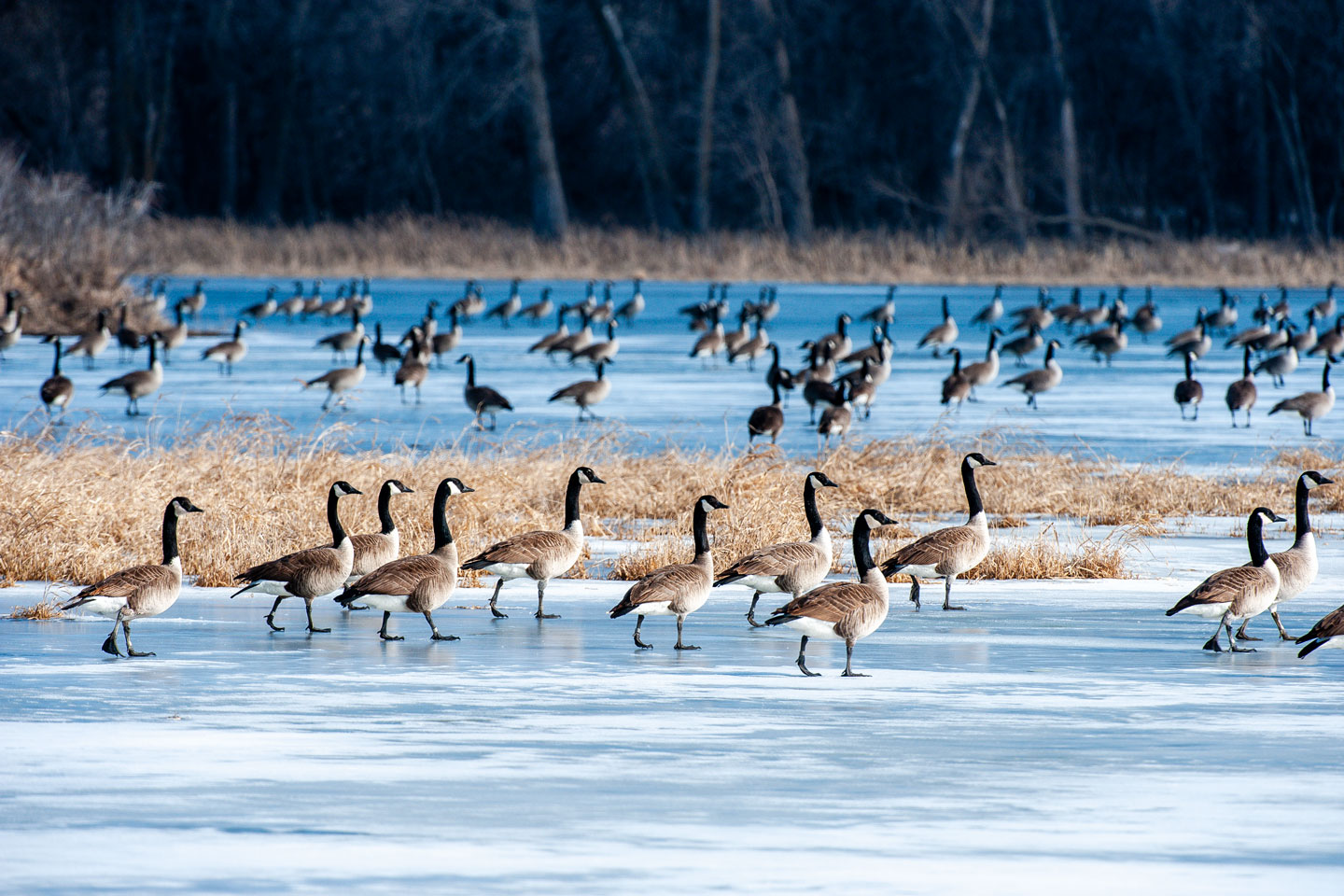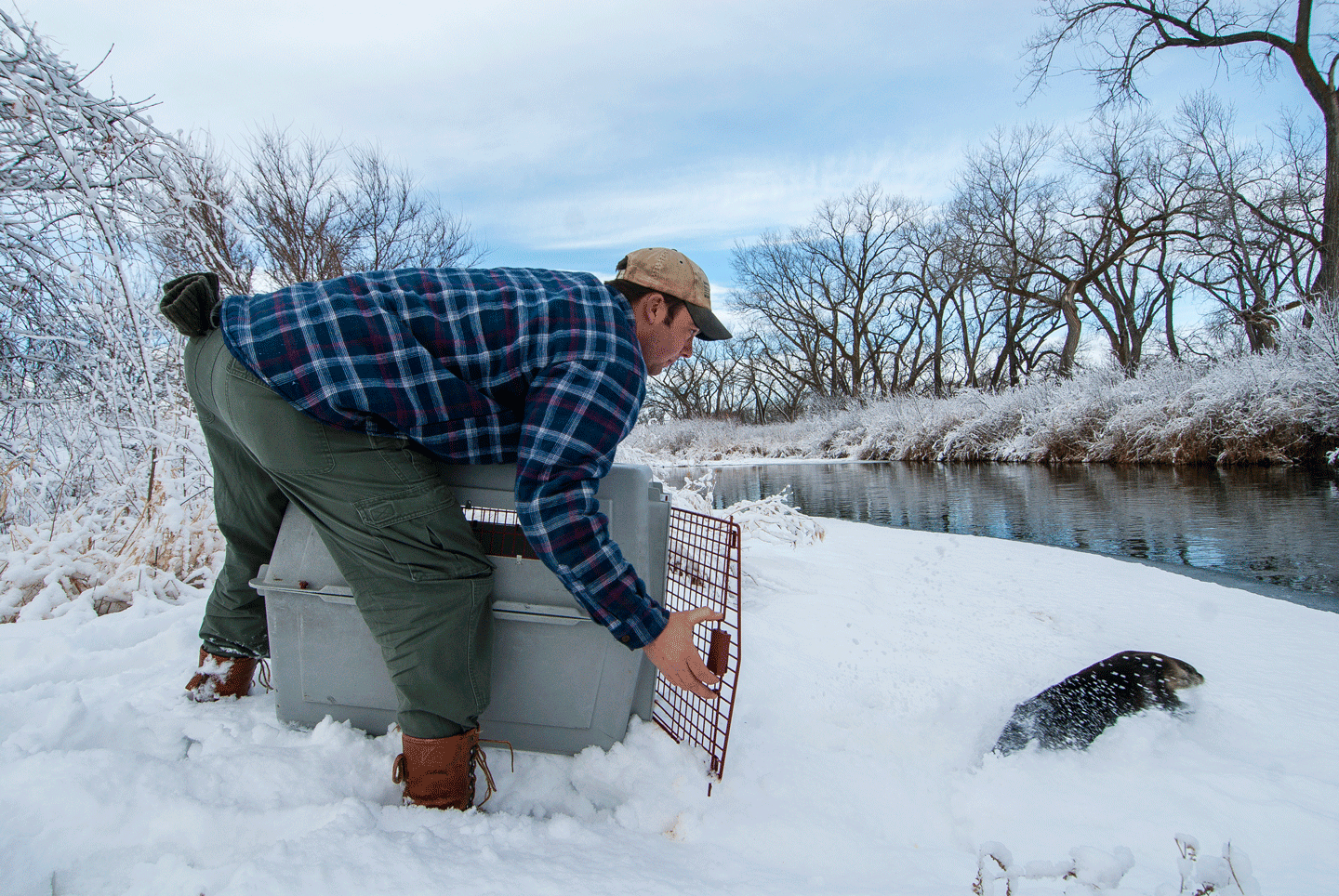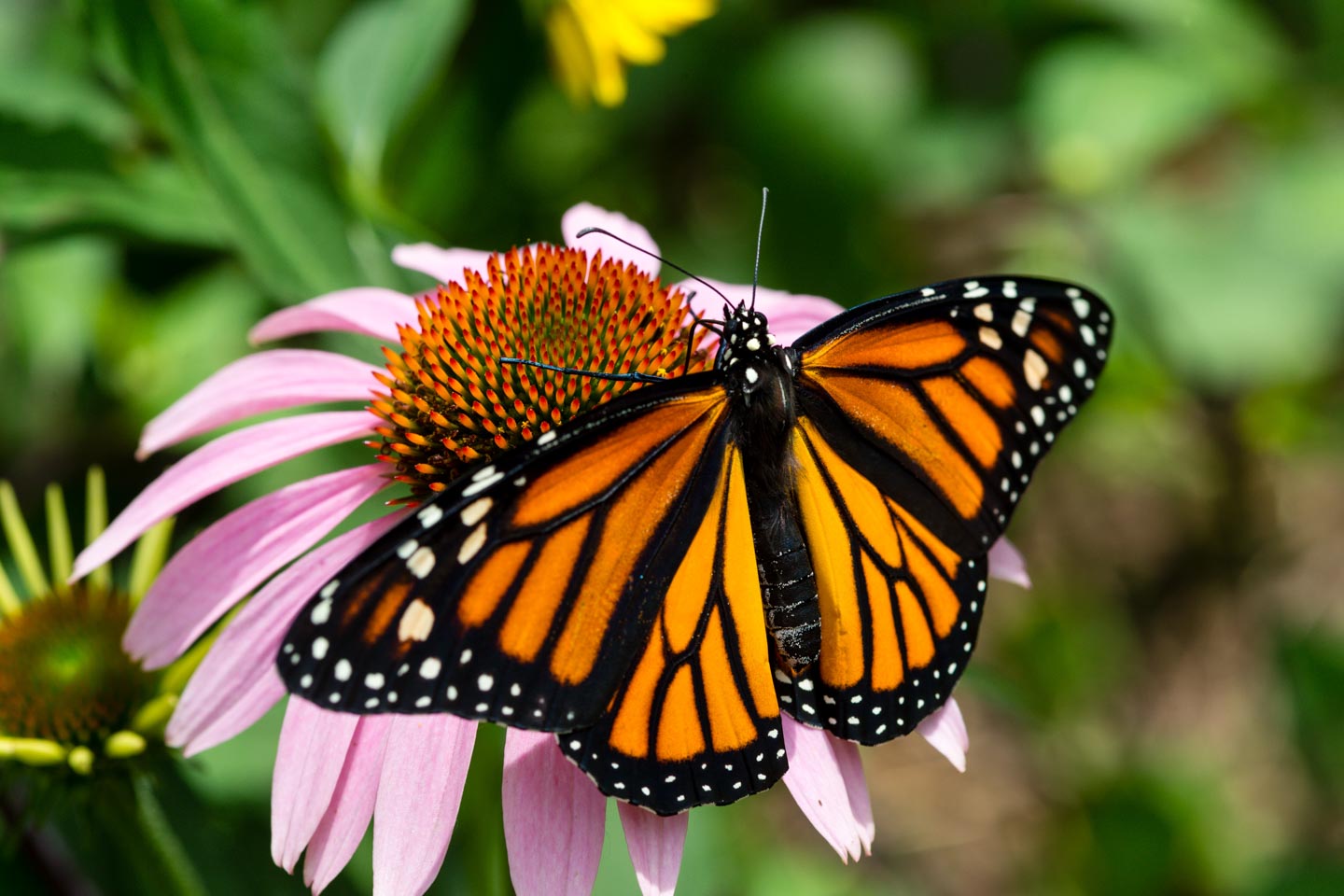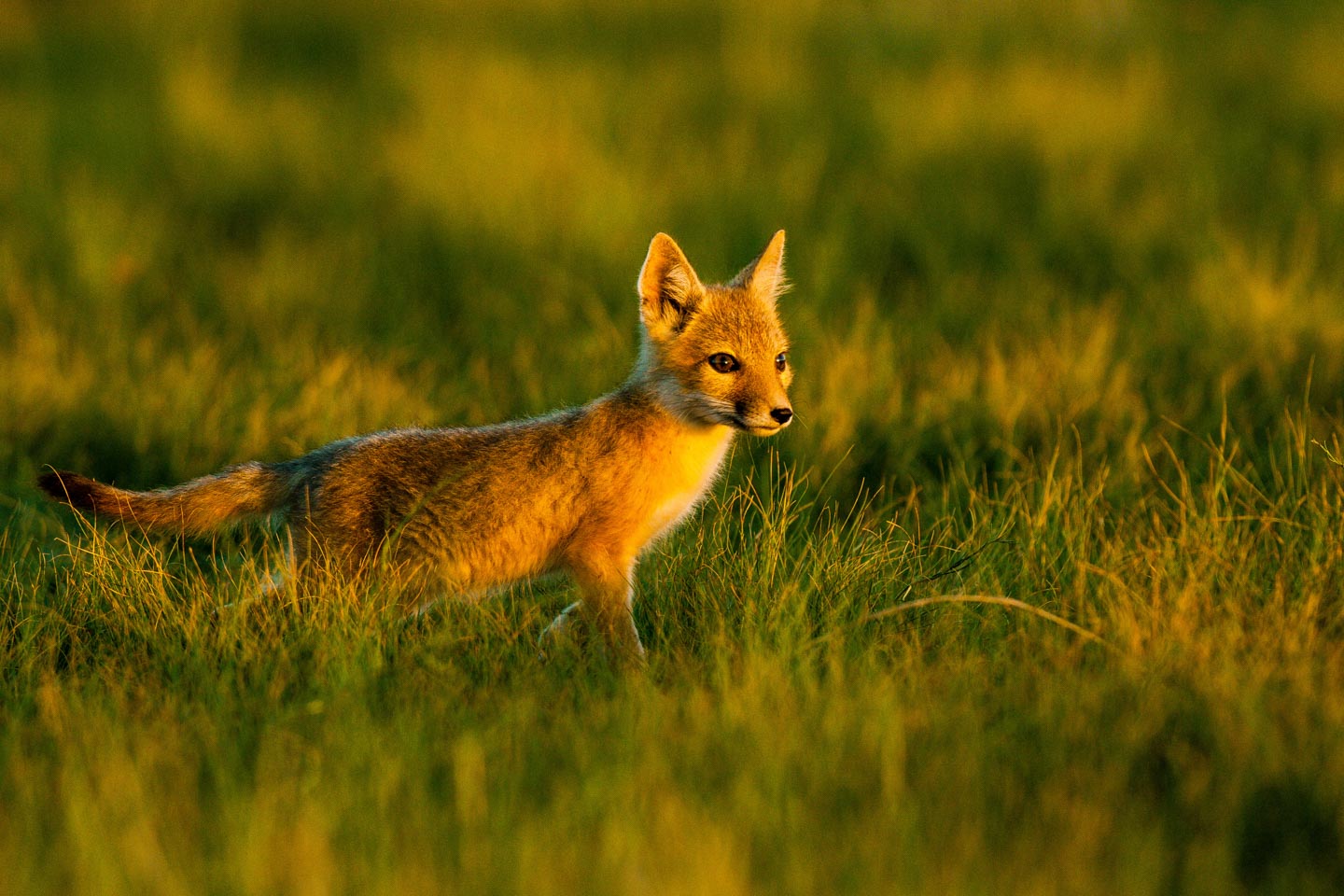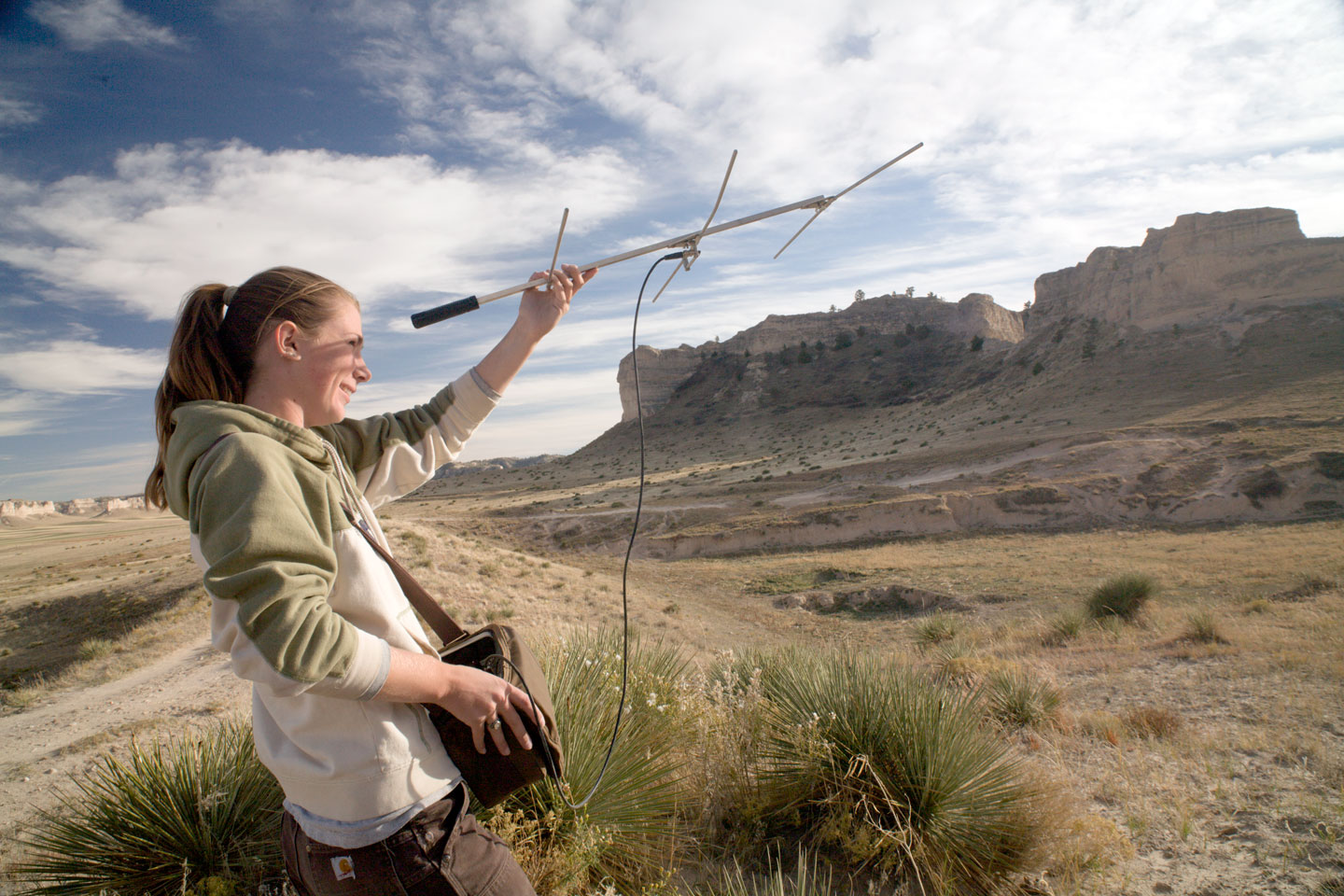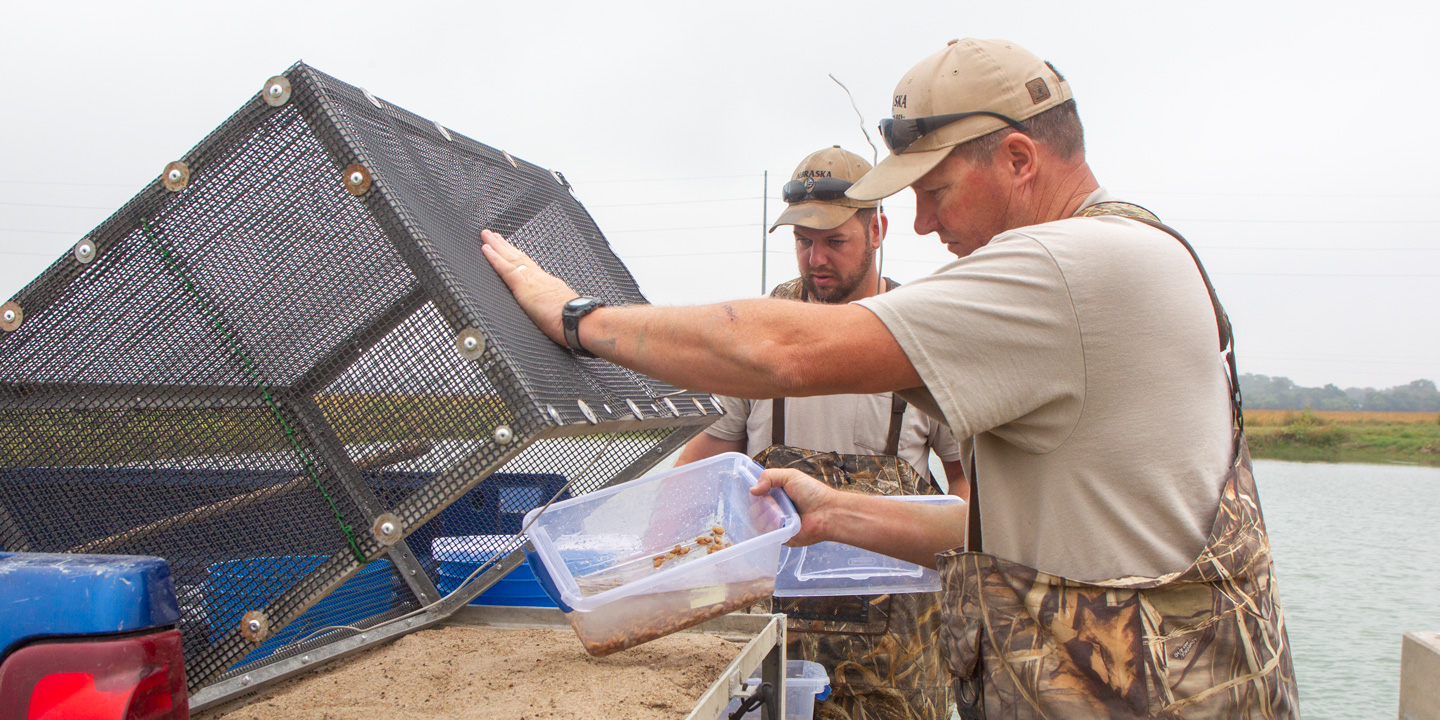Research
Learn about the wildlife research programs that help us manage, preserve and understand Nebraska's flora and fauna.
The Research, Analysis, and Inventory section of the Nebraska Game and Parks Commission provides scientific information to help manage and protect Nebraska’s plants and animals. Our team, including numerous conservation partners, have expertise in many areas, working on projects like restoring Rocky Mountain bighorn sheep in the Pine Ridge and recovering the critically endangered Salt Creek Tiger Beetle in Lincoln. Our goal is to build upon the current understanding of Nebraska’s species and their habits to aid in their conservation and management. This page shares updates on our work across the state and region.
Research programs
Data and Biometrics Program
The Data and Biometry Program provides analytical and data management support to RAI program areas and the Wildlife Division of Game and Parks. The Program focuses on human dimensions of wildlife management (HD) as well as ecological research and monitoring. The program strives to make wildlife data resources (e.g., databases, spreadsheets, protocol documentation, summary information and reports) within the division accessible, usable, and secure—now and for the future. Tasks include HD survey design, coordination, and implementation; data compilation/entry; database design and maintenance; and research design, analysis, and summarization.


